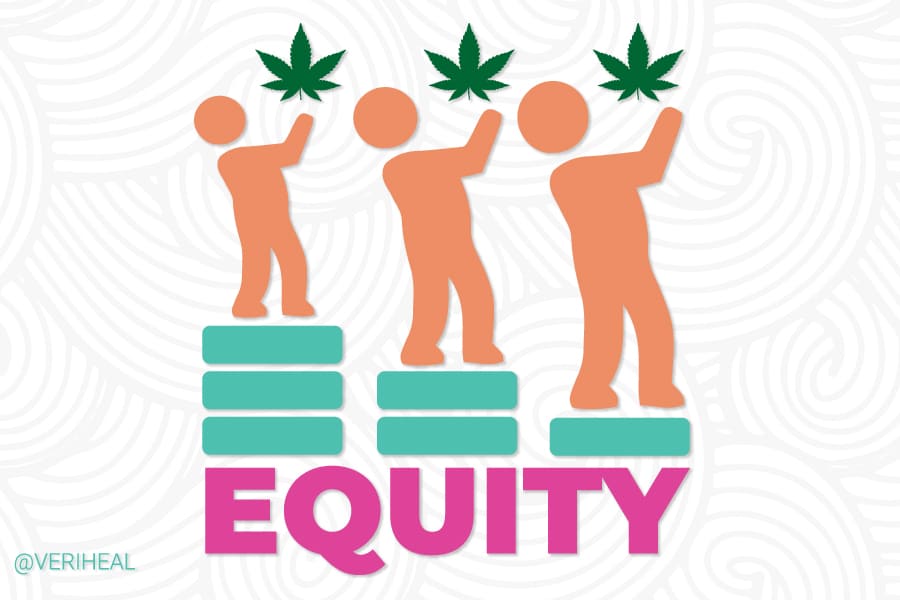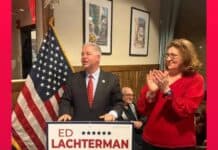
While the details still need to be ironed out, the writing is on the wall that New York will soon join the other fifteen States who have legalized cannabis for adult use. It appears that Governor Cuomo is leaning towards adopting his own bill, the Cannabis Regulation and Taxation Act “CRTA”, instead of the Marihuana Regulation and Taxation Act or “MRTA” a bill proposed by Senators Peoples-Stokes and Krueger. The CRTA will permit delivery services, however, growing cannabis at home will not be permitted (a colleague pointed out how we are back to 1942 and the Wickard v. Filburn case, setting precedent for Congress’ vast commerce powers). Analysts are estimating that in the first year alone, $350 million in tax revenue is expected, with the Governor saying in his state of the State that $100 million is earmarked for a Social Equity Fund, leaving $250 million dollars left to plug the holes in New York’s $15 billion dollar budget deficit.
So, what is Social Equity? As defined in Governor Cuomo’s budget plan it is a proposal to “correct past harms by investing in areas that have disproportionately been impacted by the war on drugs”. If you ask most advocates in the Social Equity movement, they will say that, to date, no legalized State has rolled out a successful program, even citing New Jersey as failing before it has even gotten off the ground. Advocates want to see more minority owned and run cannabis businesses and eligibility for grants and loan forgiveness for those businesses, while also offering more incubator or mentorship opportunities for minorities, less funding to policing and more funds poured into the past harmed communities.
The term “past harms” stem from policies spearheaded by Harry J. Anslinger, who in 1930 was appointed by President Hoover to be the head of the Federal Bureau of Narcotics. As the end of prohibition came near, noticing that not many were using cocaine or heroin, Anslinger jumped at the opportunity to lead the “war on drugs” by focusing on cannabis. Johann Hari explains in his book, Chasing the Scream: The First and Last Days of the War on Drugs, that Anslinger quickly aligned himself with high-ranking politicians, media moguls, Washington insiders and powerful members of the pharmaceutical industry. Hari continued that Anslinger strategically placed cannabis’ origins and widespread use solely among immigrants, people of color and those in counterculture like artists and musicians to fuel racism and instill fear. Anslinger is quoted as saying, “Reefer makes darkies think they’re as good as white men” and “There are 100,000 total marijuana smokers in the U.S., and most are Negroes, Hispanics, Filipinos and entertainers. Their satanic music, jazz and swing result from marijuana use. This marijuana causes white women to seek sexual relations with Negroes, entertainers and any others.”
Anslinger also presented Congress with skewed criminal case data, including that of Italian immigrant Vincent Licata, a schizophrenic, was convicted of butchering his whole family. In an American magazine article, Marijuana: Assassin of Youth, Anslinger downplayed Licata’s documented psychiatric disorder and propensity towards violence, focusing instead on the fact that six months prior to the murders Licata began smoking marijuana. Anslinger interviewed 30 doctors about the correlation between Licata’s crime and cannabis, 29 found none so he used the one dissenting doctor to drive his point home stating, “You smoke a joint and you’re likely to kill your brother”.
Anslinger went on to have a decisive hand in controlling anti-drug legislation, including the Boggs Act of 1951, which set precedent for mandatory sentencing guidelines for drug offenses.
Many administrations adopted Anslinger’s policies, including President Nixon. In an article for Harper Magazine titled, Legalize it All, How to Win the War on Drugs, Dan Baum interviewed John Ehrlichman, Nixon’s Watergate co-conspirator, and quoted him as saying, “The Nixon campaign in 1968, and the Nixon White House after that, had two enemies: the antiwar left and black people…We knew we couldn’t make it illegal to be either or against the war or black, but by getting the public to associate the hippies with marijuana and blacks with heroin, and then criminalizing both heavily, we could disrupt those communities.”
These and similar political tactics continued through the presidential administrations of former President Reagan (targeting the black communities’ crack addiction) as well as the Bush and Clinton eras resulting in an overflow of prisoners convicted for drug offenses. Obama did not make any significant change with respect to the draconian policies; however, he did effectuate many pardons for people convicted of drug crimes and recognized drug dependency as a public health issue instead of a criminal issue.
Under former President Trump, despite the States rapidly approving legalization, Attorney General Jeff Sessions was quoted as saying, “Good people don’t smoke marijuana”. Trump pardoned quite a few of the “bad” people on his way out and now, it appears that President Biden will seek to revisit the issue at the national level.
After learning of the history of racial targeting and cannabis (the above is an extremely brief summary) most will likely agree that something needs to be done to correct these past harms. However, there are still many who disagree that legalization is the way to achieve this goal. To the naysayers, first and foremost, it should be a priority to educate yourselves about the plant to make sure you are fully informed with respect to your position. Old propaganda, like those citing cannabis as a gateway drug, or a drug that causes violence and aggression have been repeatedly debunked. There have been zero deaths due to cannabis, unlike alcohol, opiates or benzodiazepines, because the human body has built in receptors for THC and CBD. However, best practices yields that much more research needs to be done to learn what the long term effects of cannabis are, what consequences the “newer” strains, tinctures or THC infused products may have, how long one may be impaired after using cannabis, and what diseases or disorders cannabis can effectively be used to treat. To maintain best practices, The Hudson Valley Cannabis Industry Association (“HVCIA”) presents many educational seminars to help keep the community and legislature informed, to ensure advocacy for the plant’s use, not abuse. Please feel free to reach out with any questions through our messaging board at hvcia.org
Another way a person should get involved would be to organize and shine a light on where the revenue will ultimately go and what organizations will benefit from the Social Equity Fund. All should be vocal about what the community needs to guarantee the revenue performs to correct past harms and build up the communities that have been disproportionately impacted by the war on drugs. Whether you agree with it or not, legalization is happening, and it is time for citizens to make sure that the legislation addresses the public’s health, safety and social equity concerns.
Michele D’Ambrosio, Esq.





